#national museum of Finland
Text
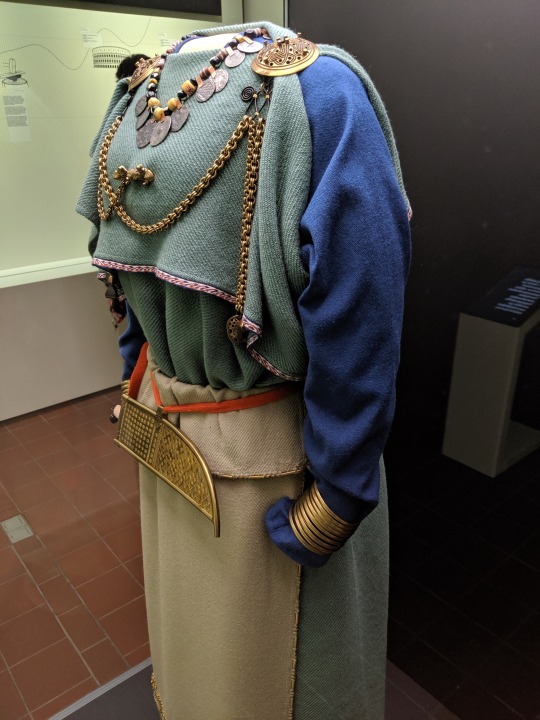

Finnish Iron Age Dress. National Museum of Finland.
510 notes
·
View notes
Text
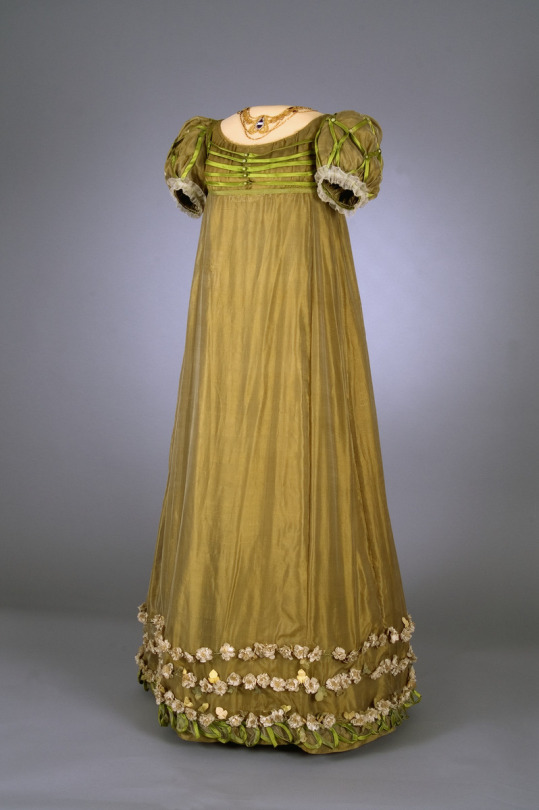
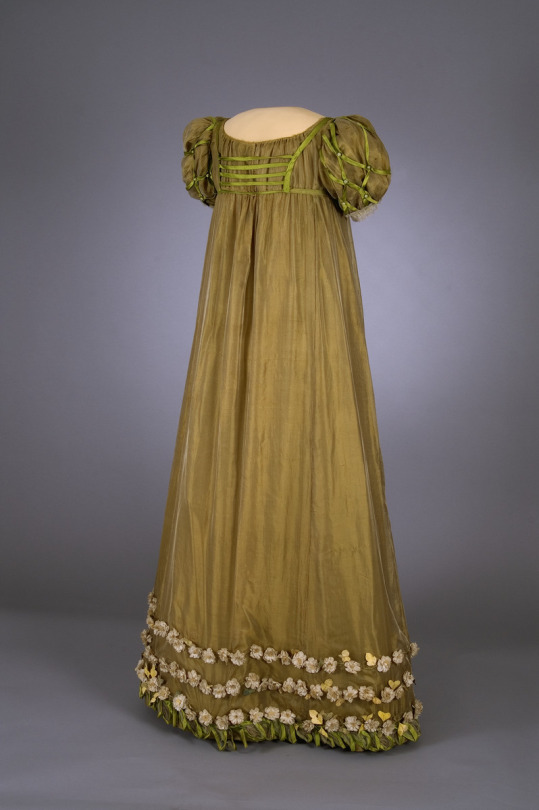
Empire style dress / empirepuku; naisten puku
C. 1810s, Napoleonic era
(Historical Collections, Armfelt Collection, Jan Lindroth, Porvoo)
The National Museum of Finland
#dress#gown#empire style#napoleonic era#napoleonic#Finland#National Museum of Finland#fashion history#history of fashion#historical fashion#The National Museum of Finland#embroidery#flowers#floral fashion#silk#first french empire#french empire#regency#regency fashion#19th century#19th century fashion#empire
81 notes
·
View notes
Text
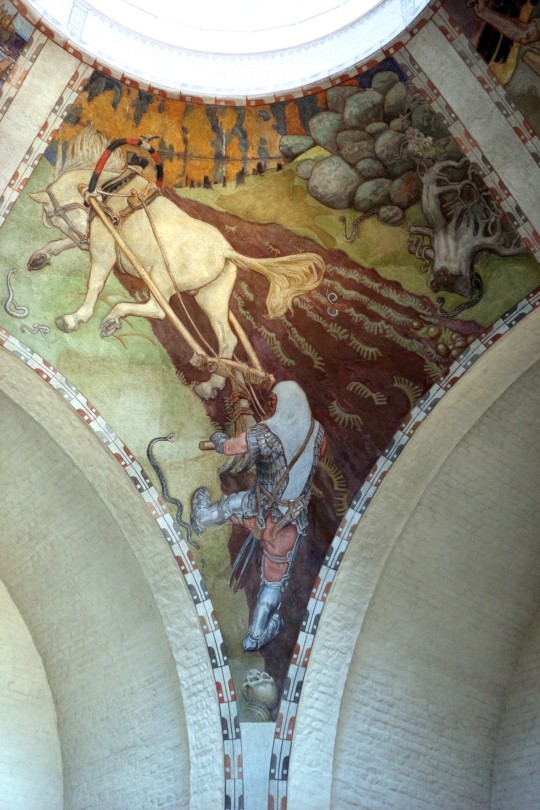
Ilmarinen ploughing the Viper-field (1928) by Akseli Gallen-Kallela (1865-1931), is one of the Kalevala frescoes in the National Museum of Finland.
(Picture source for image)
#art#art history#horses#horse#horse art#akseli gallen kallela#akseli Gallen-Kallela#frescoes#ploughing#1900s art#18th century art#1920s art#national museum of Finland#finland#kalevala#finnish art#finnish artist#finnish
82 notes
·
View notes
Text
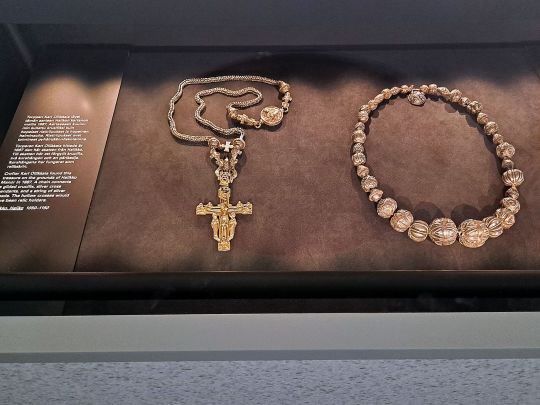






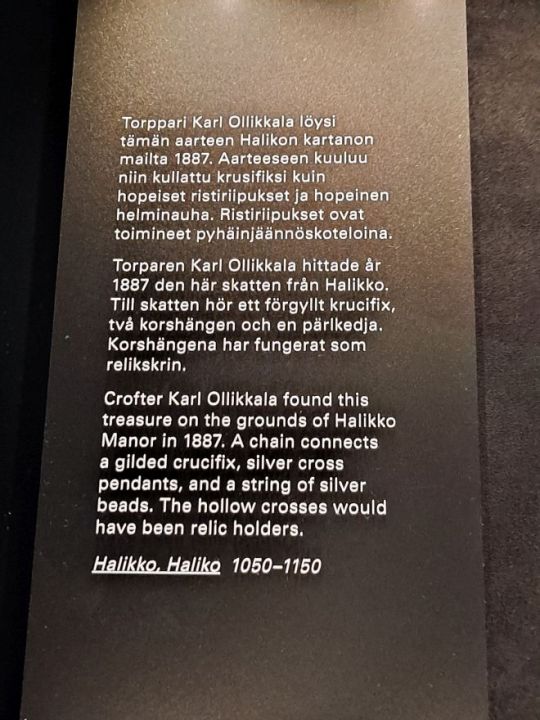
The treasure of Halikko (Finland)
1050-1150
National Museum of Finland
July 2021
Wikipedia
Youtube
youtube
#Treasure of Halikko#Finland#11th century#12th century#medieval#jewelry#treasure#National Museum of Finland#Kansallismuseo#keskiaika#koru#riipus#kaulanauha#my photo#Youtube
80 notes
·
View notes
Text
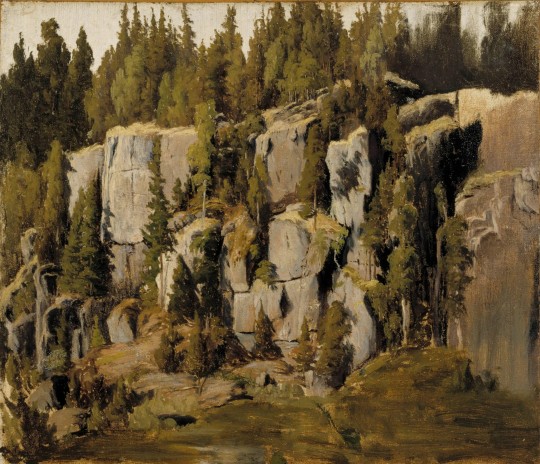
Fanny Churberg: Rapakivi Rocks ; Weathered Rocks, 1871
Kansallisgalleria
#familiar view#Kansallisgalleria#art#finnish#Finnish art#Fanny Churberg#rapakivikallioita#paintings#Ateneumin Taidemuseo#Ateneum#Helsinki museums#museum#gallery#Finnish landscape#female painters#female artists#Finnish painters#Finnish artists#Often looked at a view like this#Finland's National Gallery
24 notes
·
View notes
Text
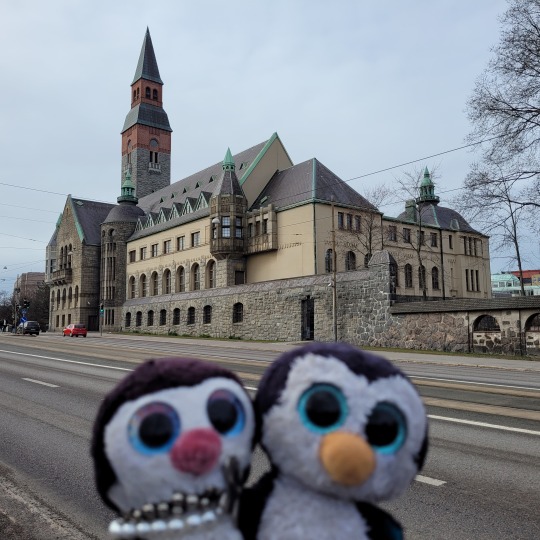

2022/05/01
Al día siguiente echamos el último vistazo al Museo Nacional de Finlandia antes de salir hacia el aeropuerto donde nos esperaba el avión de regreso a casa.
The next day we took one last look at the National Museum of Finland before leaving for the airport where the plane was waiting for us to come back home.
Google Translation into Portuguese:
No dia seguinte demos uma última olhada no Museu Nacional da Finlândia antes de partirmos para o aeroporto onde o avião nos esperava para voltar para casa.
Google translation into Italian:
Il giorno successivo abbiamo dato un'ultima occhiata al Museo Nazionale della Finlandia prima di partire per l'aeroporto dove l'aereo ci aspettava per tornare a casa.
Google Translation into French:
Le lendemain, nous avons jeté un dernier coup d'œil au Musée national de Finlande avant de partir pour l'aéroport où l'avion nous attendait pour rentrer chez nous.
Google Translation into Arabic:
في اليوم التالي ، ألقينا نظرة أخيرة على المتحف الوطني الفنلندي قبل مغادرتنا إلى المطار حيث كانت الطائرة تنتظر عودتنا إلى الوطن.
Google Translation into German:
Am nächsten Tag waren wir einen letzten Blick auf das Finnische Nationalmuseum, bevor wir zum Flughafen aufbrachen, wo das Flugzeug auf uns wartete, um nach Hause zurückzukehren.
Google Translation into Albanisch:
Të nesërmen shkuam për një vështrim të fundit në Muzeun Kombëtar Finlandez përpara se të niseshim për në aeroport ku avioni na priste të ktheheshim në shtëpi.
Google Translation into Czech:
Další den jsme se šli naposledy podívat do Finského národního muzea, než jsme se vydali na letiště, kde na nás čekalo letadlo s návratem domů.
Google Translation into Greek:
Την επόμενη μέρα πήγαμε για μια τελευταία ματιά στο Εθνικό Μουσείο της Φινλανδίας πριν κατευθυνθούμε στο αεροδρόμιο όπου μας περίμενε το αεροπλάνο για να επιστρέψουμε σπίτι.
Google Translation into Suomi:
Seuraavana päivänä kävimme vielä katsomassa Suomen Kansallismuseota ennen kuin suuntasimme lentokentälle, jossa kone odotti meitä paluuta kotiin.
Google Translation into Polish:
Następnego dnia pojechaliśmy na ostatnie spojrzenie do Fińskiego Muzeum Narodowego przed wyruszeniem na lotnisko, gdzie samolot czekał na nasz powrót do domu.
Google Translation into Turkish:
Ertesi gün, eve dönmemizi bekleyen uçağın beklediği havaalanına gitmeden önce Finlandiya Ulusal Müzesi'ne son bir kez baktık.
Google Translation into Hebrew:
למחרת הלכנו להסתכל אחרון במוזיאון הלאומי הפיני לפני שנסענו לשדה התעופה בו חיכה לנו המטוס לחזור הביתה.
Google Translation into Hindi:
अगले दिन हम हवाई अड्डे पर जाने से पहले फ़िनिश राष्ट्रीय संग्रहालय में एक अंतिम नज़र के लिए गए जहाँ विमान हमारे घर लौटने का इंतज़ार कर रहा था।
Google Translation into Indonesian:
Hari berikutnya kami pergi untuk melihat terakhir di Museum Nasional Finlandia sebelum menuju ke bandara tempat pesawat menunggu kami untuk kembali ke rumah.
Google Translation into Russian:
На следующий день мы в последний раз заглянули в Финский национальный музей, прежде чем отправиться в аэропорт, где нас уже ждал самолет, чтобы вернуться домой.
Google Translation into Japanese:
翌日、飛行機が帰宅するのを待っている空港に向かう前に、フィンランド国立博物館を最後に見に行きました。
Google Translation into Korean:
다음 날 우리는 비행기가 우리가 집으로 돌아오기를 기다리고 있던 공항으로 향하기 전에 핀란드 국립 박물관을 마지막으로 한 번 보러 갔습니다.
Google Translation into Chinese:
第二天,我们去了芬兰国家博物馆最后一次参观,然后前往机场,飞机正等着我们回家。
Google Translation into Persian:
روز بعد برای آخرین بار به موزه ملی فنلاند رفتیم و قبل از رفتن به فرودگاهی که هواپیما در انتظار ما بود تا به خانه برگردیم.
Google Translation into Thai:
วันรุ่งขึ้นเราไปชมพิพิธภัณฑ์แห่งชาติฟินแลนด์เป็นครั้งสุดท้ายก่อนจะมุ่งหน้าไปยังสนามบินที่เครื่องบินรอเรากลับบ้าน
Google Translation into Ukrainian:
Наступного дня ми востаннє поглянули на Фінський національний музей, перш ніж відправитися в аеропорт, де літак чекав на повернення додому.
#Helsinki#Finland#Architecture#National#Museum#History#Airport#Airplane#Vueling#Flight#OnTime#ComeBack#Home#Travel#Beauty#CoupleGoals#PositiveVibes#PlushiesOfInstagram#Maharashtra#ペンギン
4 notes
·
View notes
Note
Hi Neil!
I just finished watching Dead Boy Detectives and loved it!!
I have a question about it, though:
There is a finnish painting called ”Lemminkäisen äiti” by artist Akseli Gallen-Kallela, which really reminded me of the washer woman painting !! :))
I was wondering if there was any chance that it was inspired by it or if it’s just my imagination :D? (Really cool either way)

(Here’s the painting, it’s about Lemminkäinen’s mother griefing the death of her son, based on Finland’s national epic Kalevala)
I personally have always loved that painting -- i first saw it in the Helsinki art museum in about 1997 and it was my second favourite painting there.
But I don't know the answer to your question.
2K notes
·
View notes
Photo
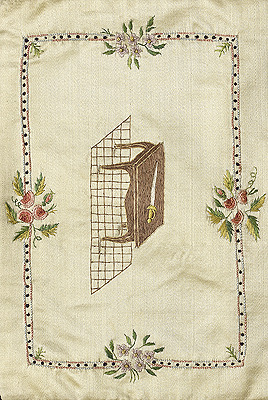


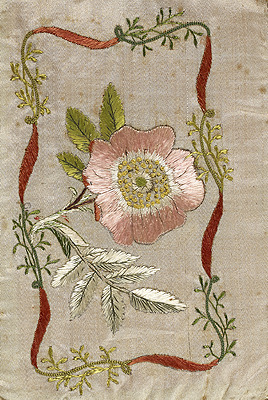

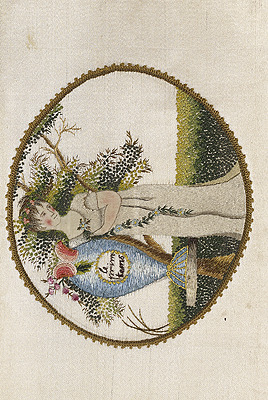
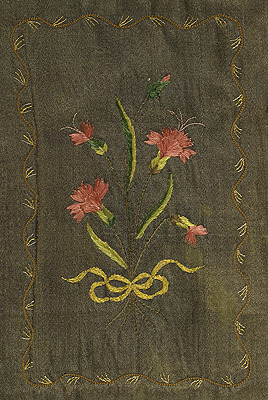

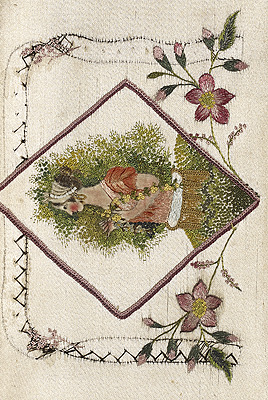
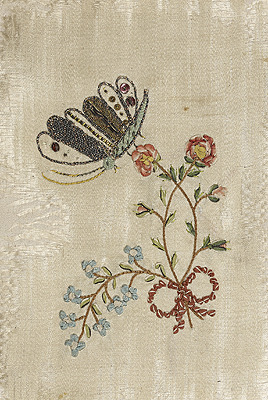
embroidered silk wallets, 1770-1820
The National Museum of Finland
7K notes
·
View notes
Text
Museum news from Finland:
Museum of Northern Ostrobothnia donates its Sámi collection to the Sámi Museum Siida
The Sámi Museum Siida is the national museum with the responsibility for preserving the material and cultural heritage of Finland's Sámi people. The Sámi objects in the Museum of Northern Ostrobothnia's collections were mainly acquired between 1900 and the 1960s with the last ones added to the collections in the 1980s.
The first part of the donation, which includes the textile items of the collection, will be transferred to representatives of the Sámi museum in the collection facilities of the Museum of North Ostrobothnia on Tuesday, 16 January 2024.
– As the new collection and exhibition facilities of the Sámi Museum Siida are now completed, this seemed like a good time to donate the objects of Sámi origin back to the Sámi community, says Pasi Kovalainen, Director of Cultural heritage work at the Museum of Northern Ostrobothnia.
– The Sámi objects and their return have a profound meaning for the Sámi community. The donation is a significant addition to the oldest part of the Sámi Museum Siida's collections. We thank the Museum of Northern Ostrobothnia for this important decision, says Taina Pieski, Siida's Museum Director.
The collections of the Museum of North Ostrobothnia that include objects of Sámi origin date back to the early days of the only professionally run museum in Northern Finland. The objects were collected by Samuli Paulaharju (1875–1944), a folklorist and museum curator from Oulu. The collection was destroyed almost completely by two fires in the museum buildings in 1929 and 1940. After both fires, replacement items were collected in Lapland.
The collection of approximately 400 items now donated consists of Sámi textiles and utensils, including a goahti (traditional Sámi hut) and several sledges. The oldest items include a cheese mould from Enontekiö dating back to 1797 and rare crossbow stocks, the oldest of which dates back to 1730.
As a large part of the Sámi cultural heritage is still held by museums outside the Sámi region, the transfer of the collection is important for the Sámi community.
The Sámi material culture is both practical and beautiful in its diversity, and the museum objects contain a wealth of intangible knowledge about their manufacture and use. This knowledge is best preserved in Sápmi by the Sámi themselves. Through the study of artefacts, it is possible to revive the old craft traditions and techniques of the Sámi community, knowledge of materials and the vocabulary related to the production and use of the objects. The revitalisation processes are a form of communal and intergenerational transfer of learning and knowledge, and they contribute to the transmission of Sámi material and immaterial culture to future generations.
The transfer of Sámi collections to the Sámi Museum Siida over the past decade is a concrete demonstration of genuine cooperation between museums and the increased understanding of the importance of cultural heritage for the Sámi community.
189 notes
·
View notes
Text
That one post about great domestic policy and HORRIFIC foreign policy just does not stop being true
Domestic Policy Win: The American Museum of Natural History in NYC is closing down two entire exhibits of Native American belongings in order to comply with a federal order that requires museums to obtain the consent of indigenous nations in order to display artifacts of native origin. The linked ProPublica article specifies that the exhibits in question are the Eastern Woodlands and Great Plains Halls. To quote:
The new federal regulations, which went into effect this month, prohibit the display of items subject to NAGPRA without tribal consent and ban all research done without tribal consent. In addition, the regulations closed a loophole that had allowed museums such as the American Museum of Natural History to keep ancestral remains and burial items by claiming that they are “culturally unidentifiable” — meaning in their view they could not be connected to present-day Indigenous communities based on available evidence — and therefore could not readily be returned to tribes.
Foreign Policy Fail: The United States, the UK, and several other nations, in response to claims that several members of UNRWA were involved in the Oct. 7th attacks, have cut funding to the relief agency in question. The Al Jazeera article profiles the Palestinian response, and also specifies that this funding was pulled after the UNRWA launched an investigation in response to Israel's allegations that 12 members of the relief agency were involved.
Australia, Canada, Italy and the United States said they would halt funding to the agency, while European Union foreign policy chief Josep Borrell said the 27-member bloc would “assess further steps and draw lessons based on the result of the full and comprehensive investigation”.
Germany, Finland, the Netherlands and the United Kingdom then also joined the list of countries pausing financial aid to the UN agency, whose facilities where displaced Palestinians sought shelter have been repeatedly attacked in Israeli air raids.
Ireland and Norway, however, expressed continued support for UNRWA, saying the agency does crucial work to help Palestinians displaced and in desperate need of assistance in Gaza.
- Al Jazeera
"One million displaced people are currently taking refuge in and around UNRWA buildings. They are the ones who will suffer as a result of this decision," said Mr Gunness, adding: "The curtailing of UNRWA services will also destabilise the region at a time when Western governments are trying to contain a regional conflagration."
[...]
The US, Germany and the EU are among some of UNRWA's biggest donors.
- BBC
Unfortunately, the WSJ article is paywalled, so I can't access the full thing for a quote.
Anyway. Call your reps. I'm not even talking to just the Americans this time, call your fucking reps. If they aren't donating to UNRWA, then make them do something. Is the organization possibly a security risk, and the concerns legitimate? Maybe! But you cannot cut the funding that is keeping 2.3mill people alive on an already shoestring budget and not immediately put a backup security net in place.
Until then, pick a charity with a good rating, donate and signal boost it, and politely harass your politicians.
Politely as in "don't shout at or cuss out the staffers that man the phone lines," because they are not your reps, but also because your number is going to get blocked and then you won't be able to pressure them in the future. Do be firm, though.
I'm personally picking the PCRF this time, since one of the three remaining hospitals in south Gaza has been evacuated and shut down, and the evacuees reportedly include women who just got C-sections, which means the evacuees also include newborns, and medical care is in high demand. They're also currently focused on providing clean drinking water to the people of Palestine. That said, so is food, and shelter, and winter clothing. Pick a need, find a charity, and toss them some money.
#yes this was mostly my way of guiding people to charity sites again. and pushing you to push your reps#current events#united states#indigenous peoples#palestine#israel#gaza#death tw
139 notes
·
View notes
Photo

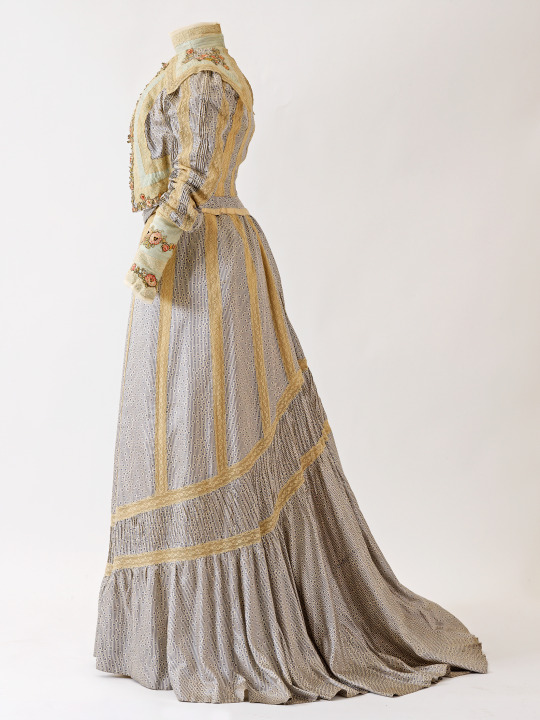


1900 Women's suit: bolero top and skirt (signed: 77, Rue St. Lazare / Maison Berthier / Place de la Trinite, Paris)
silk, cotton, linen, chenille ribbon
(National Museum of Finland)
2K notes
·
View notes
Photo
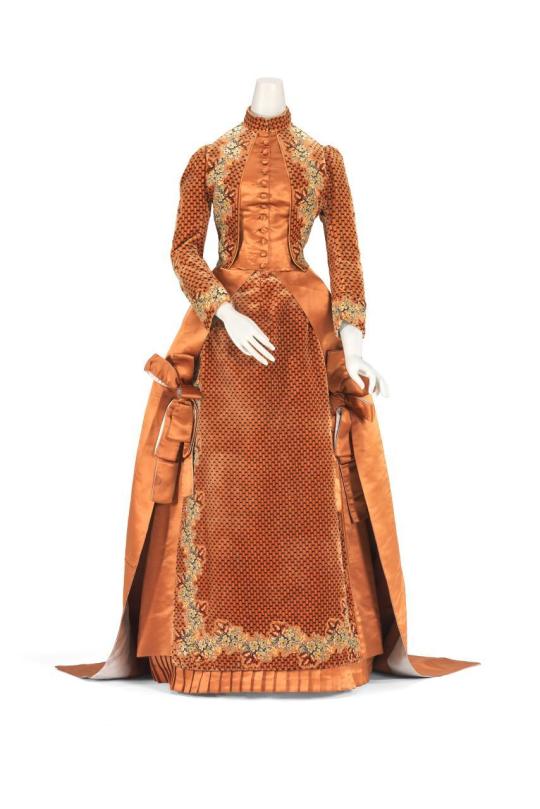



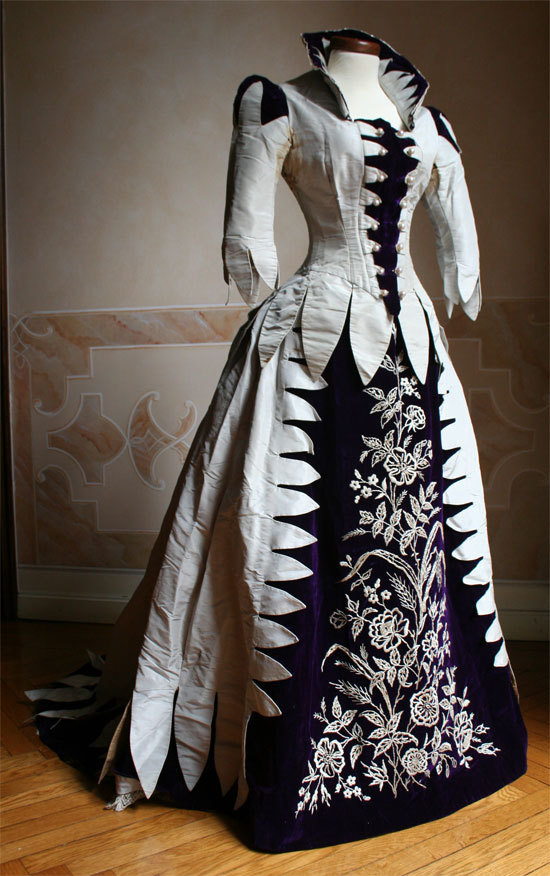
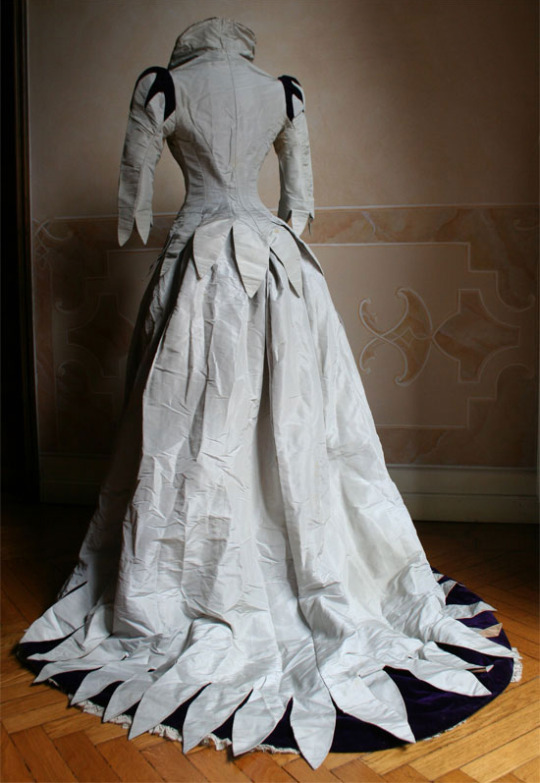
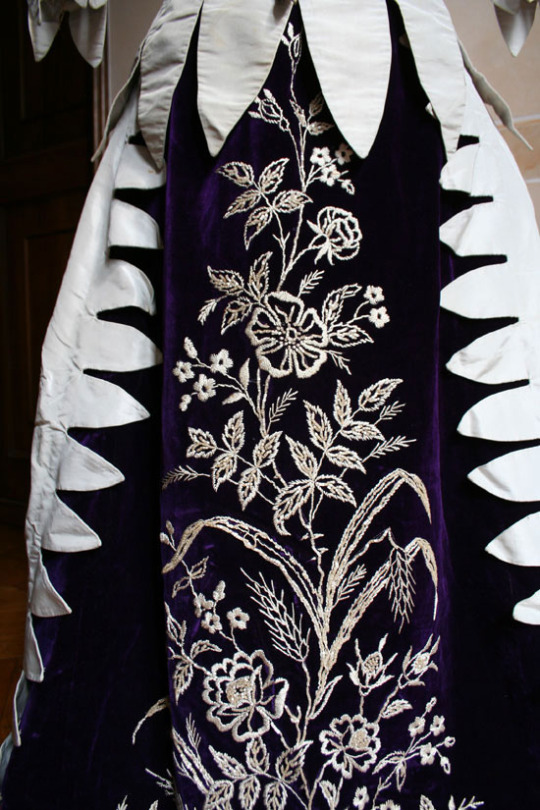
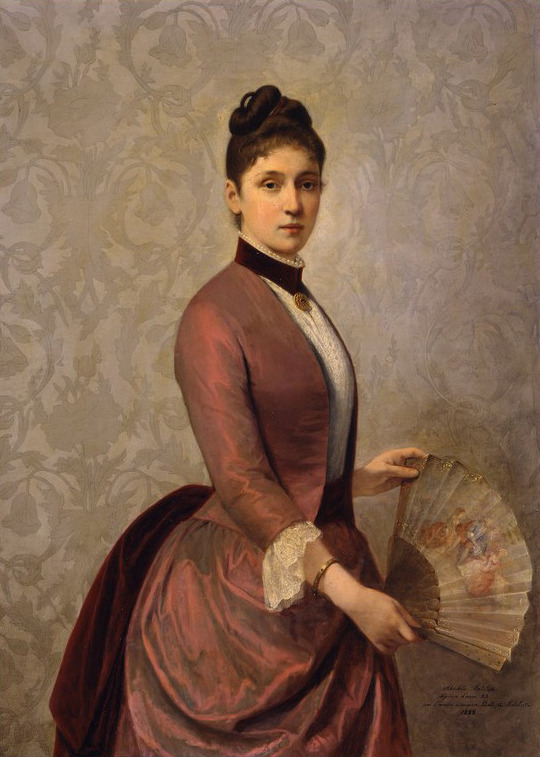

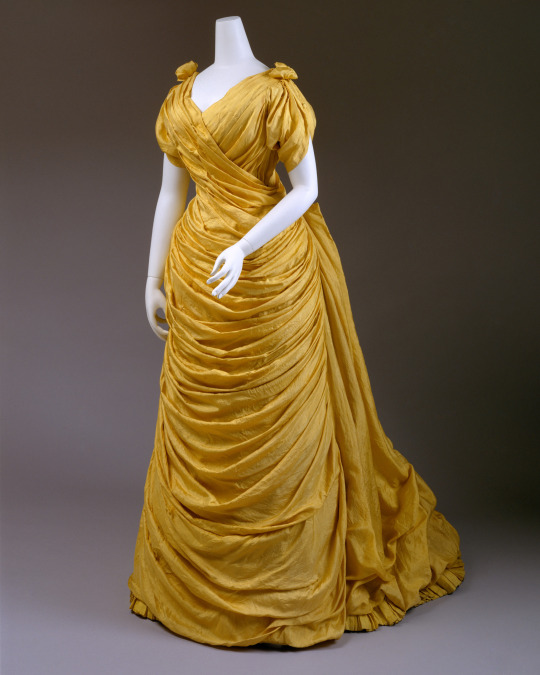
1880s dress -
Top left Jean-Philippe Worth afternoon dress (National Gallery of Victoria - Melbourne, Victoria, Australia). From tumblr.com/catherinedefrance 854X1280.
Top right 1886-1887 Worth dress probably worn at Meiji court (Philadelphia Museum of Art). From tumblr.com/threadtalk 1280X1658.
Second row 1884 Vid fönstret by Albert Edelfelt (auctioned). From tumblr.com/peaceinthestorm/713270539668668416/eva-gonzalès-1849-1883-french-lady-with-a; erased spots on black,gloves, and hat w Pshop 2048X2236.
Third row ca. 1885 Parisienne by Albert Edelfelt (National Gallery - Helsinki, Finland). From tumblr.com/beautifulcentury 2048X2501.
Fourth row left ca. 1888 Evening dress front (Abiti Antichi). From i-dont-wear-dresses.tumblr.com/post/12591745295/oldrags-evening-dress-ca-1888-abiti-antichi 550X876.
Fourth row center ca. 1888 Evening dress back (Abiti Antichi). From i-dont-wear-dresses.tumblr.com/post/12591745295/oldrags-evening-dress-ca-1888-abiti-antichi; removed spots & print w pshop 550X797.
Fourth row right ca. 1888 Evening dress detail (Abiti Antichi). From i-dont-wear-dresses.tumblr.com/post/12591745295/oldrags-evening-dress-ca-1888-abiti-antichi; removed print w Pshop 550X825.
Fifth row 1888 Marta Malatesta Borsari by Adeodato Malatesta (Pinacoteca Civica Il Guercino - Cento, Emilia-Romagna, Italy). From oldpainting.tumblr.com/post/657593663112855552/1888-adeodato-malatesta-marta-malatesta-borsari; fixed spots w Pshop 540X757.
Sixth row 1889 Mrs. Keim by Franz Dvorak (Reading Public Museum - Reading, Pennsylvania, USA). From Wikimedia 745X1200.
Bottom 1880s British evening dress (Metropolitan). From tumblr.com/fashion-inspiration-s 2048X2560..
523 notes
·
View notes
Text

15Th-Century Gold Ring with Mark of Christ Discovered in Sweden
The discovery of a remarkable artifact from centuries ago among tens of thousands of medieval objects found in Sweden has thrilled archaeologists.
Nearly 30,000 objects were discovered during the two-year excavation of medieval Kalmar, according to the Archaeologists, which is part of the government's National Historical Museums. Among the unique finds was a gold ring in almost new condition.
Carved with the figure of Christ, the ring dates to the beginning of the 15th Century, according to the agency. Based on its size, researchers said it's possible that a woman may have worn the ring. Other rings like it have been discovered in northern Finland, Östergötland and Uppland.
"Probably someone was unlucky and lost the ring 500 years ago," said Magnus Stibéus, project manager at the Archaeologists.
Archaeologists said they unearthed remnants of roughly 50 medieval plots, ten streets, and segments of the ancient city wall in Gamla Stan.
Remains of hundreds of buildings, cellars, streets, latrines and everyday objects from centuries ago, approximately 1250–1650, have now seen the light of day following the Kalmar War in 1611. Archaeologists said the findings were beyond all expectations.
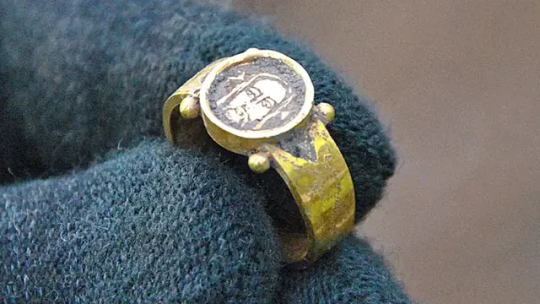
"We have been able to lift the lid on the city's Middle Ages and have had the opportunity to study how people lived, what they ate and drank and how this changed over time," said Magnus Stibéus, project manager at the Archaeologists. "Archeology becomes like a peephole into medieval history that allows us to learn more about how life was several hundred years ago."
A unique glass alsengem, also known as a pilgrim's amulet, with three carved figures on it was also found. The object was broken and may have been discarded at the time, Stibéus said.
Long ago, people used to wear these small stones which were believed could protect travelers against misfortune.
The excavation also uncovered several fascinating discoveries, such as a rune stone that is believed to have originated from a burial mound located in a 12th-century cemetery, as well as a brick bearing the imprint of a cat's paw, archaeologists said.
The numerous remnants provide evidence of wartime scenarios and the impact of the Kalmar War on the city.
"We have also found a large number of projectiles, such as cannon balls, musket balls and pistol bullets, but also swords," Stibéus noted.
Ongoing excavations continue in the area in hopes to uncover more historical artifacts and information, creating a valuable archive of the past.
By Chris Oberholtz.
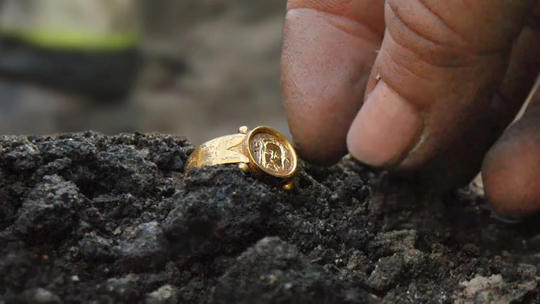
#15Th-Century Gold Ring with Mark of Christ Discovered in Sweden#gold#gold jewelry#ancient artifacts#archeology#archeolgst#history#history news#ancient history#ancient culture#ancient civilizations#medieval#middle ages
69 notes
·
View notes
Text

Silver cross pendant, Finland, 11th century AD
from The National Museum of Finland
551 notes
·
View notes
Text



The Virgin Mary
Made in Gotland, early 14th century
Church of Saint Henry. Nousiainen
Currently at National Museum of Finland
July 2021
#medieval#art#wooden statue#14th century#Gotland#Finland#statue#National Museum of Finland#clothing#keskiaika#Kansallismuseo#my photo
80 notes
·
View notes
Text
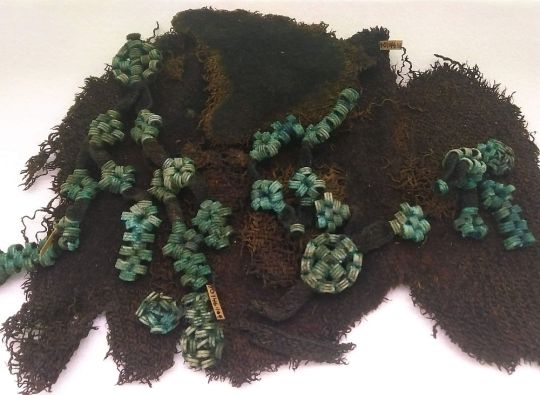


Examples of needle binding / nålbinding dated ca. 500 - 800 A.D. National Museum of Finland.
188 notes
·
View notes